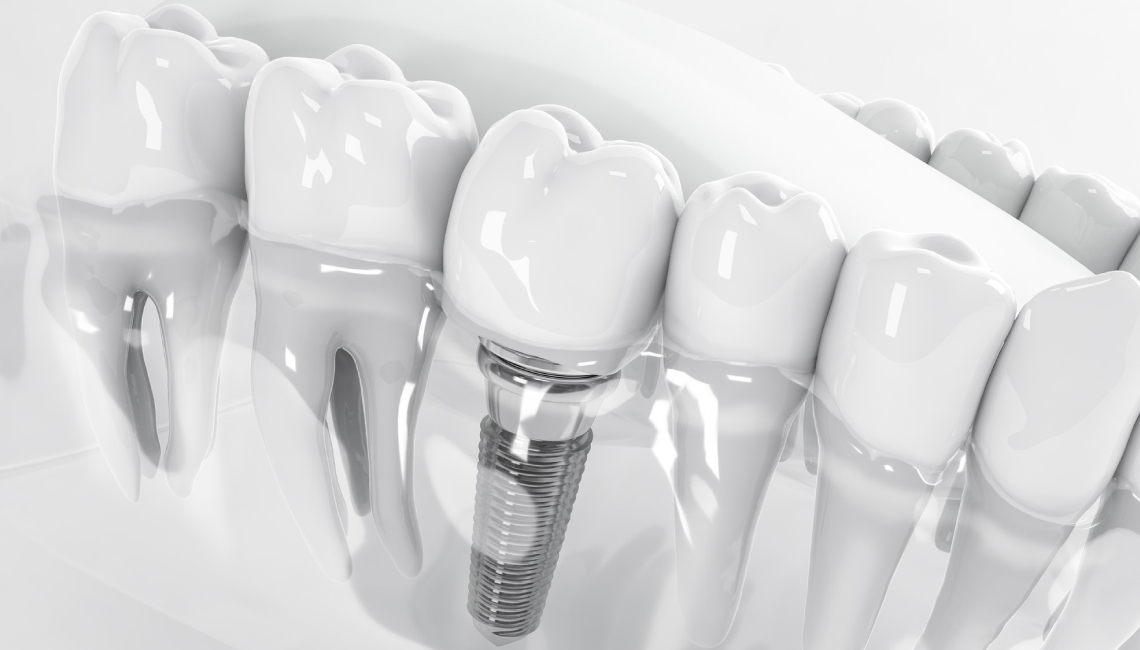

West Mambalam

A natural tooth consists of a crown (the part above the gum) and a root (the part hidden under the gum within the jaw bone). The root is the portion that actually holds the natural tooth in place. A dental implant is a small titanium screw placed into the gum and jaw bone which serves as the replacement for the root portion of a missing tooth. Dental implants are most commonly made of titanium because it is the most biocompatible material with human biology, this means it allows bone-forming cells to grow on and integrate with the surface of the dental implant. Once this bond between the new bone and the implant surface has matured, the titanium implant can be used to support one or more missing teeth.
The two teeth immediately adjacent to the gap, the ‘abutments’ are prepared to receive fused crowns which support the missing tooth or ‘pontic’. This product is called a Bridge or Fixed Partial Denture (FPD).
In this situation, the missing tooth is replaced with an osseointegrated implant which supports the new tooth or ‘crown’. Here the crown is screw-retained, meaning the crown is screwed directly to the implant. This procedure allows for increased stability, built-in retrievability, and kindness to the periodontal tissues.
The missing tooth is replaced with an osseointegrated implant which supports the new tooth or ‘crown’. In this situation, the crown is retained by cement, meaning the crown is bonded or ‘cemented’ to an abutment. The abutment is directly fixed to the implant but acts as a middleman. This procedure allows for increased aesthetics or fixture in situations of difficult access or orientation.
Our opening hours are longer than many other practices, and we do our best to accommodate same-day appointment.